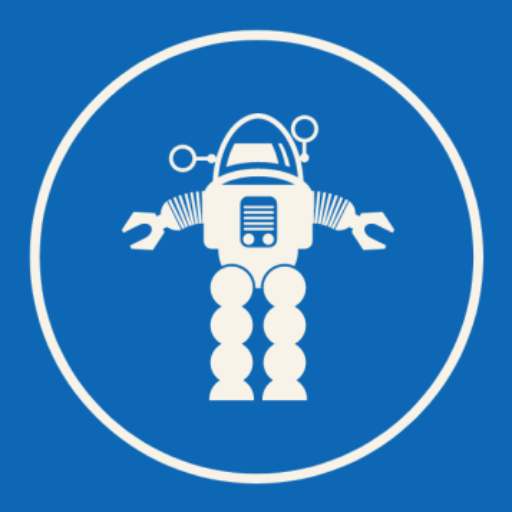Latest from MIT Tech Review – Chatbot answers are all made up. This new tool helps you figure out which ones to trust.
Large language models are famous for their ability to make things up—in fact, it’s what they’re best at. But their inability to tell fact from fiction has left many businesses wondering if using them is worth the risk. A new tool created by Cleanlab, an AI startup spun out of a quantum computing lab at…
